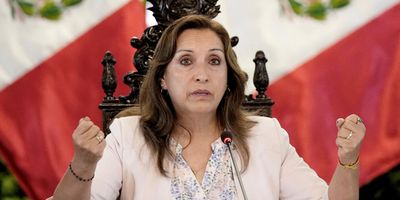Political turmoil – seemingly a national pastime in Peru – is again rearing its ugly head. Top prosecutor Patricia Benavides is blaming President Dina Boluarte – who came to power a year ago after President Pedro Castillo was removed from office by Congress – for a number of deaths at anti-government protests.
Benavides filed a constitutional complaint this week charging Boluarte and her prime minister with first-degree murder. The complaint was filed just hours after Benavides herself faced allegations of leading a corruption ring, which prompted the attorney general to fire the prosecutor who made the accusations. The president said she was astonished by the complaint against her and suggested Benavides was attempting to distract from the corruption allegations the prosecutor is facing.
